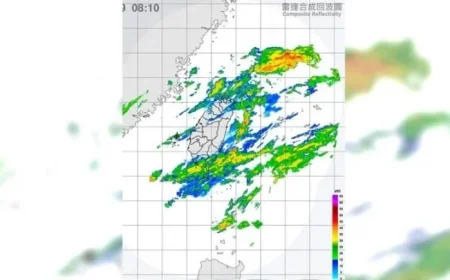Unveiling The Great HODL: How Bitcoin’s Immobile Supply Influences Its Next Big Squeeze

Bitcoin has recently surged to approximately $101,000, reflecting changes in on-chain supply dynamics. The once static supply of Bitcoin is beginning to shift as long-term holders start to distribute their assets. Additionally, the flow of exchange-traded funds (ETFs) has transitioned from inflows to outflows, influencing market liquidity.
Market Dynamics and Supply Changes
In the last week, Bitcoin’s price fluctuated between $99,500 and $103,000. A retreat from recent highs occurred as long-held coins changed hands, while new Bitcoin issuance faced diminished demand from funds. During early November, net redemptions exacerbated market pressures.
Illiquid Supply Trends
- Since mid-October, a notable decline of roughly 62,000 BTC has been observed in illiquid supply.
- This decrease marks the first significant drop recorded in the latter half of the year.
- Illiquid supply had previously surged to between 14.3 and 14.4 million BTC, constituting nearly 72% of circulating coins.
This expansion in the illiquid supply underscores the selling behavior of long-term holders as they seek to realize profits at favorable rates. When these holders loosen their grip on their assets, the market float expands, potentially stalling rallies until demand compensates for the increased supply.
Key Influences on Price Movement
The fundamental mechanics behind Bitcoin price fluctuations can be attributed to several factors:
- Post-halving Issuance: Currently, about 3.125 BTC are issued per block, translating to approximately 450 BTC daily.
- Holder Distribution: Patterns indicate that if ETF and treasury demand outpace issuance and distribution, prices are likely to rise.
- Miner Behavior: Miners’ selling tendencies can significantly impact the overall supply available on the market.
ETF Outflows and Market Impact
In early November, U.S. spot Bitcoin ETFs experienced substantial net outflows, amounting to:
- $566 million on November 4
- $137 million on November 5
- A partial offset with approximately $240 million in inflows on November 6
This trend reveals how concentrated demand in the U.S. can exacerbate swings in absorption levels. Historical patterns highlight the importance of broad demand flows in stabilizing market dynamics.
Assessing Long-Term Holding Behavior
Recent insights from Glassnode indicate that long-duration holders are engaging in net distribution. A rise in the average dormancy period often corresponds with local market peaks as older wallets take profits. Monitoring these trends is essential for predicting market movements.
Future Market Scenarios
The implications of these market behaviors create different scenarios regarding supply and demand:
| ETF Demand | LTH Net Distribution | Miner Net | Net Absorption |
|---|---|---|---|
| $50M ≈ 495 BTC/day | 2,000 BTC/day | ~0 | -1,955 BTC/day (supply exceeds demand) |
| $150M ≈ 1,485 BTC/day | 1,000 BTC/day | ~0 | +35 BTC/day (near balance) |
| $200M ≈ 1,980 BTC/day | 500 BTC/day | ~0 | +1,030 BTC/day (demand clears float) |
Current market conditions point to a potential stall, influenced by the outflow of illiquid supply and reduced fund demand. However, if long-term holders decrease their distribution while ETF demand increases, the market float could contract, paving the way for upward price movements.
Conclusion
As Bitcoin navigates these market fluctuations, traders should keep a close watch on key indicators. Monitoring illiquid supply changes, holder behavior, and ETF inflows will be crucial. By understanding these dynamics, stakeholders can better anticipate Bitcoin’s next big squeeze.






























